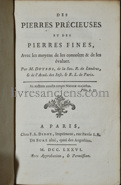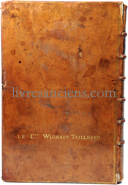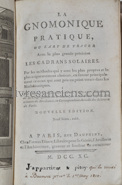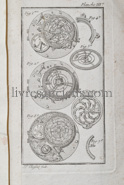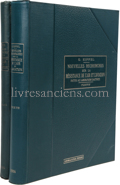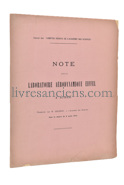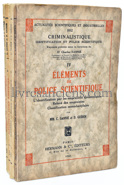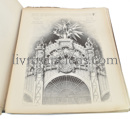

Engineering
5500 €
3000 €
150 €
800 €
3000 €
400 €
250 €
250 €
1500 €
1200 €
Sold
70 €
Sold
1200 €
2000 €
120 €
400 €
250 €
50 €
350 €
350 €
250 €
300 €
1500 €
2000 €
800 €
600 €
Sold
800 €
3000 €
European VAT number: FR87515091171
© Eric Zink, Antiquarian Bookseller












